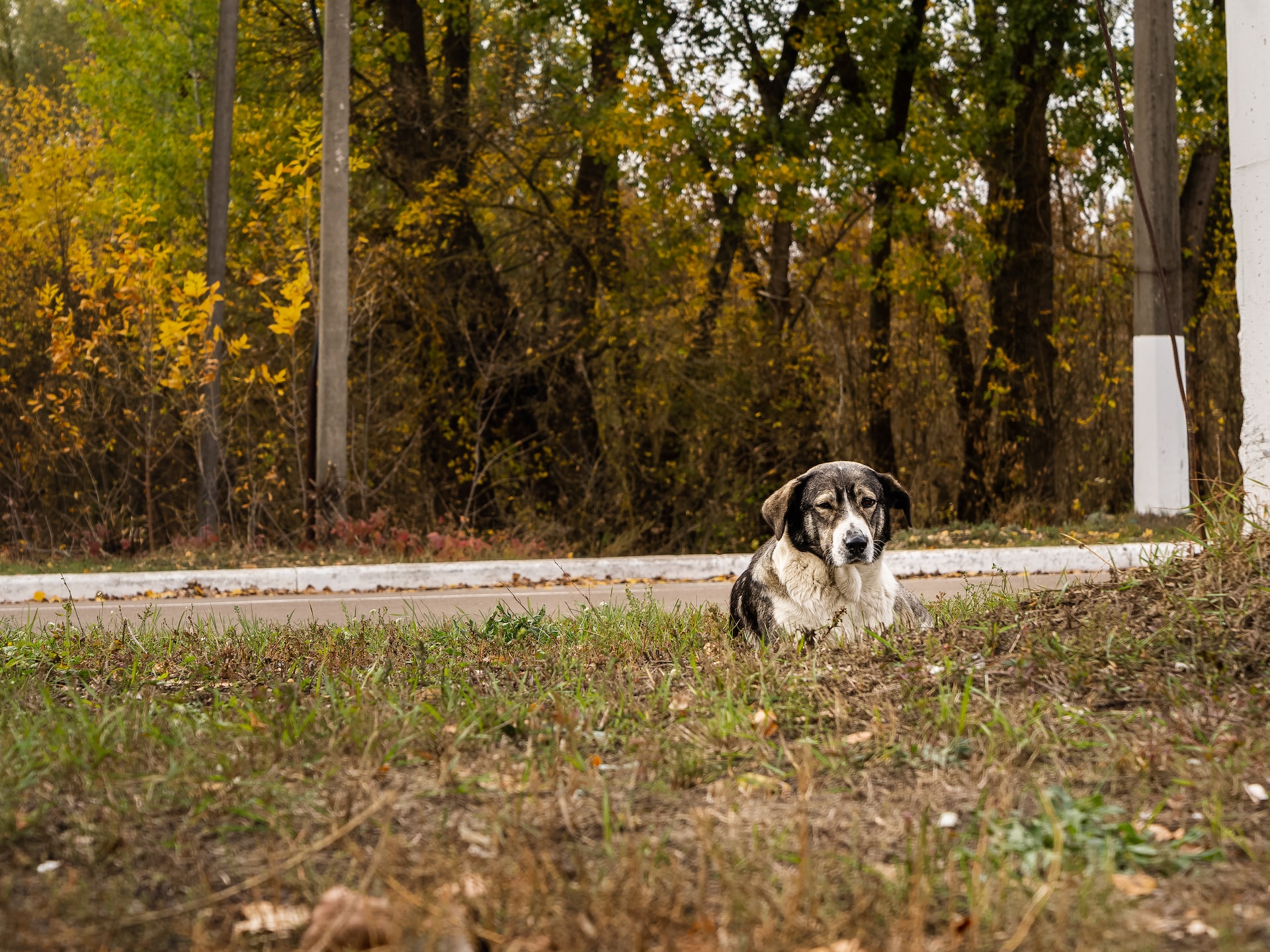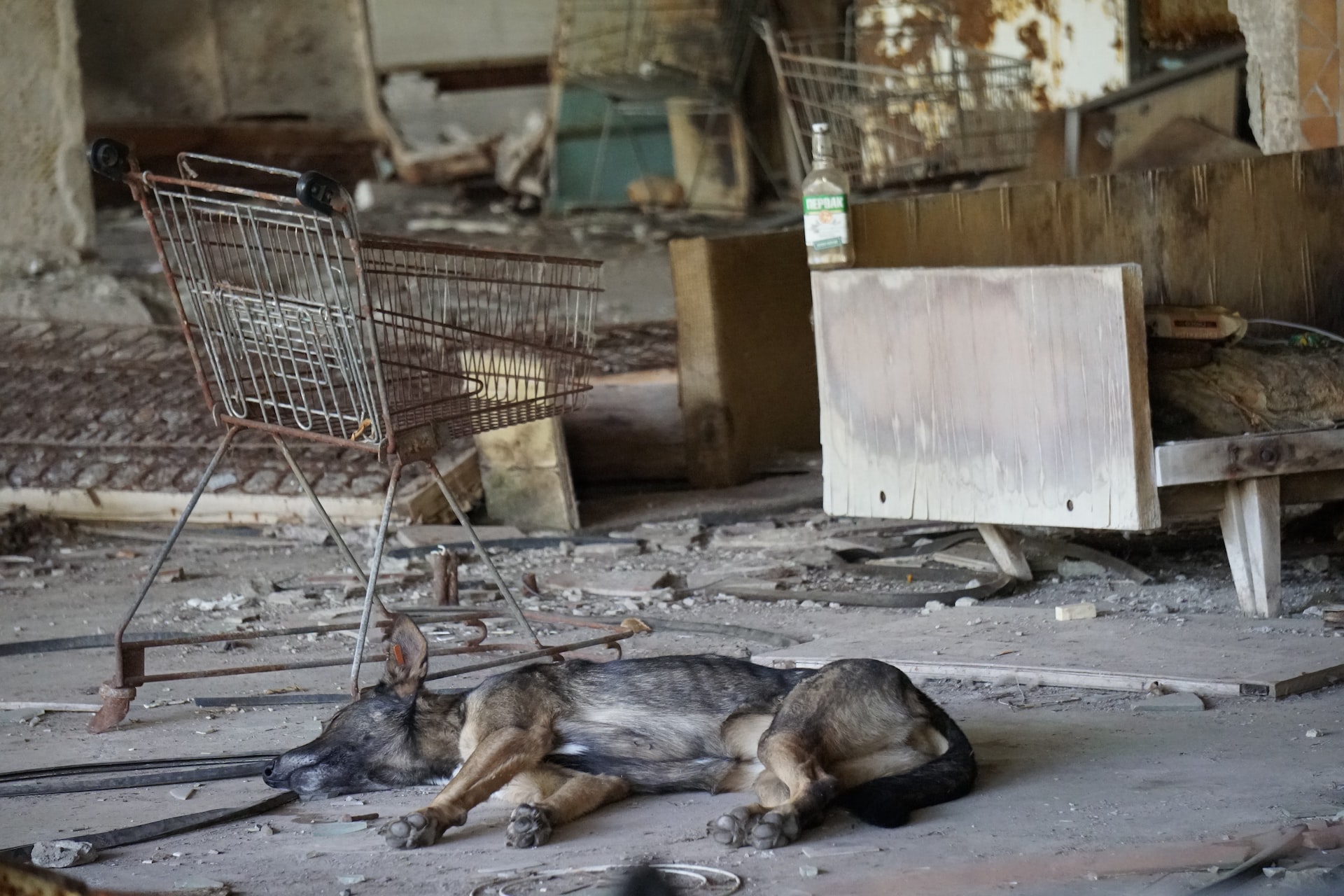
The Chernobyl Disaster Left The Whole Place Abandoned
The stray dogs of Chernobyl have been observed to have a variety of physical differences compared to other dogs. For instance, they have larger ears, thicker fur, and a stockier build. These adaptations are believed to be a result of the harsh environment they live in, which includes extreme weather conditions and high levels of radiation.
Radiation exposure has also led to genetic mutations in the dogs of Chernobyl. For example, scientists have observed an increased frequency of cataracts and tumors in the dogs. Moreover, researchers have noted that the dogs have a higher frequency of albinism and heterochromia, which is a condition where the eyes are different colors.
While radiation has led to some harmful mutations in the dogs, it has also provided them with an evolutionary advantage. For instance, researchers have found that the dogs have a higher tolerance for radiation exposure than other mammals. This is believed to be due to mutations in their DNA repair mechanisms, which allow them to better repair DNA damage caused by radiation.

Chernobyl Dogs Are Genetically Different
Despite their unique genetic makeup, the dogs of Chernobyl have not been extensively studied. However, researchers hope that studying these dogs could provide valuable insights into how animals can adapt and evolve in response to environmental stressors such as radiation exposure.
In recent years, there have been efforts to help the stray dogs of Chernobyl. For instance, the Clean Futures Fund, a nonprofit organization, has been working to spay and neuter the dogs to prevent overpopulation, provide veterinary care, and monitor their health. These efforts not only improve the lives of the dogs but also help to prevent them from becoming a nuisance or danger to humans who may occasionally enter the exclusion zone.

A Dog Sleeping In An Abandoned Pripyat Market
The stray dogs of Chernobyl have evolved genetically over the past three decades, leading to physical and biological differences compared to dogs found in other regions. While radiation exposure has led to harmful mutations in the dogs, it has also provided them with evolutionary advantages such as a higher tolerance for radiation exposure. Further research into these dogs could provide valuable insights into how animals can adapt and evolve in response to extreme environmental stressors. Efforts to help the stray dogs of Chernobyl also benefit both the dogs and the humans who may occasionally enter the exclusion zone.








